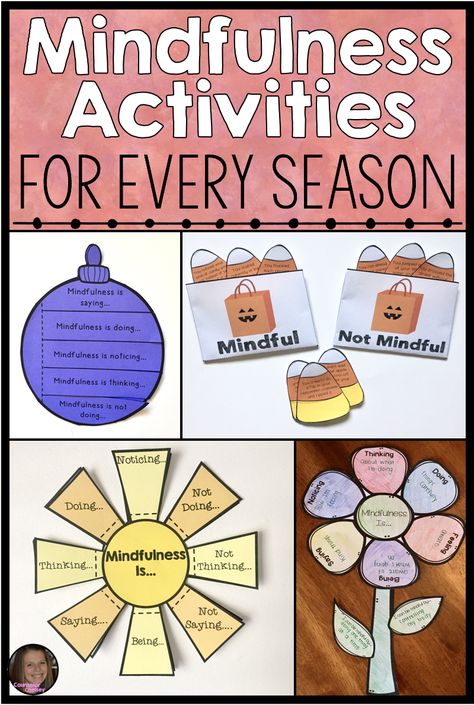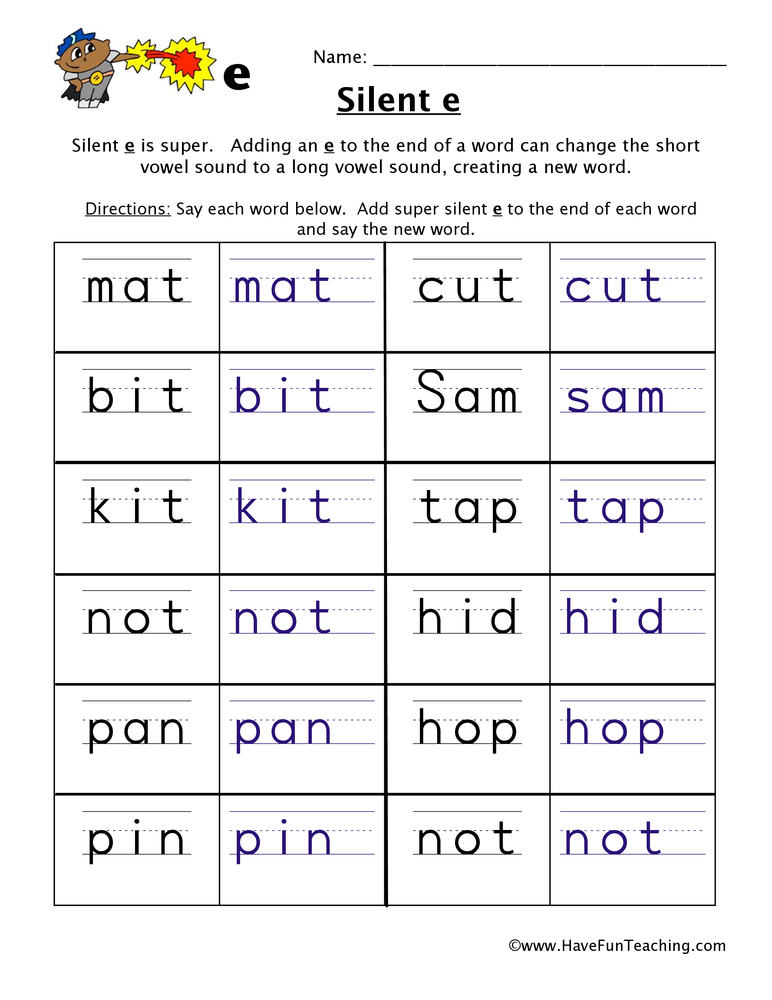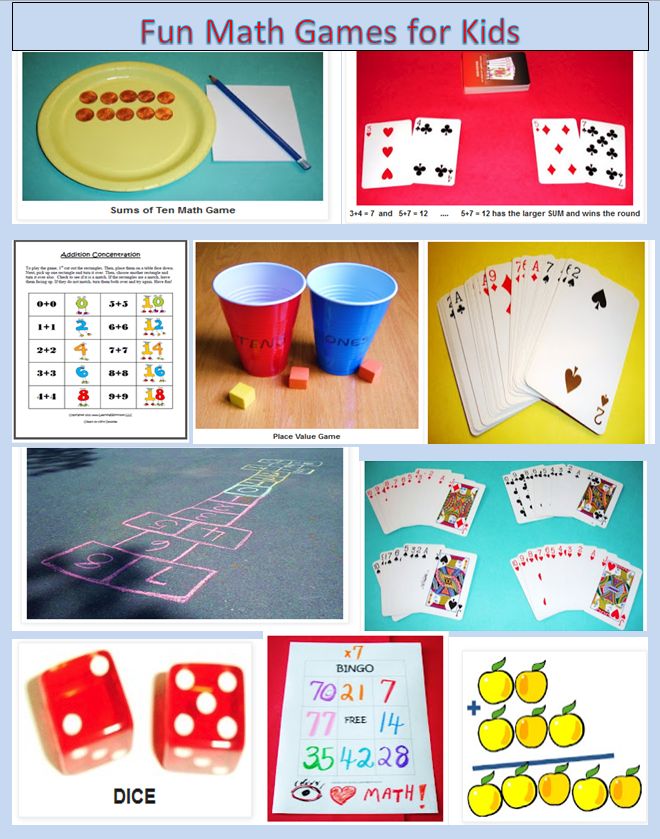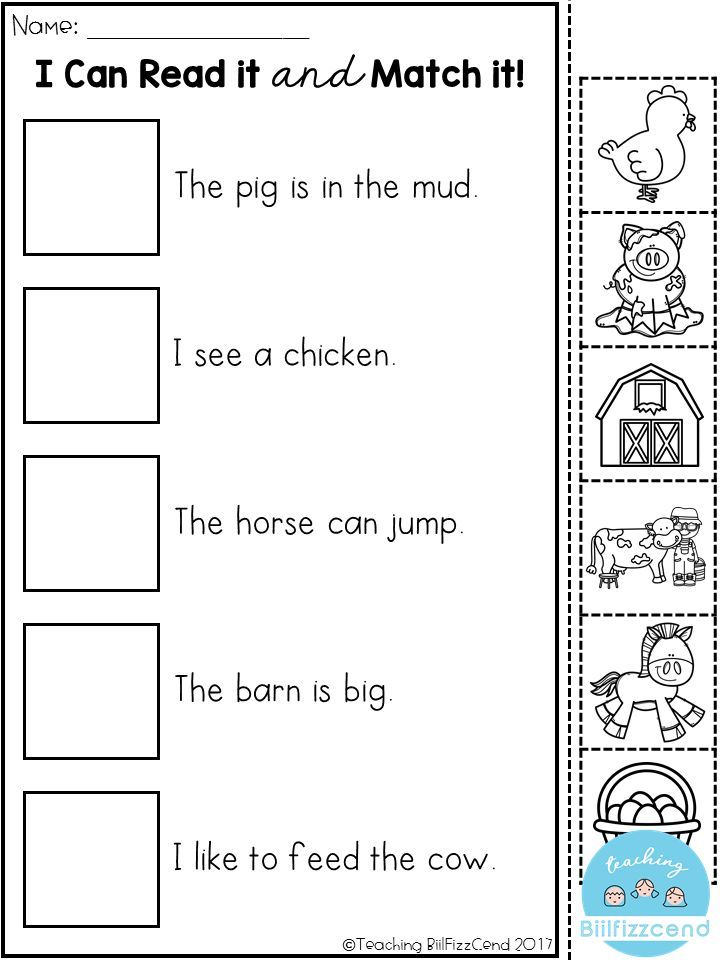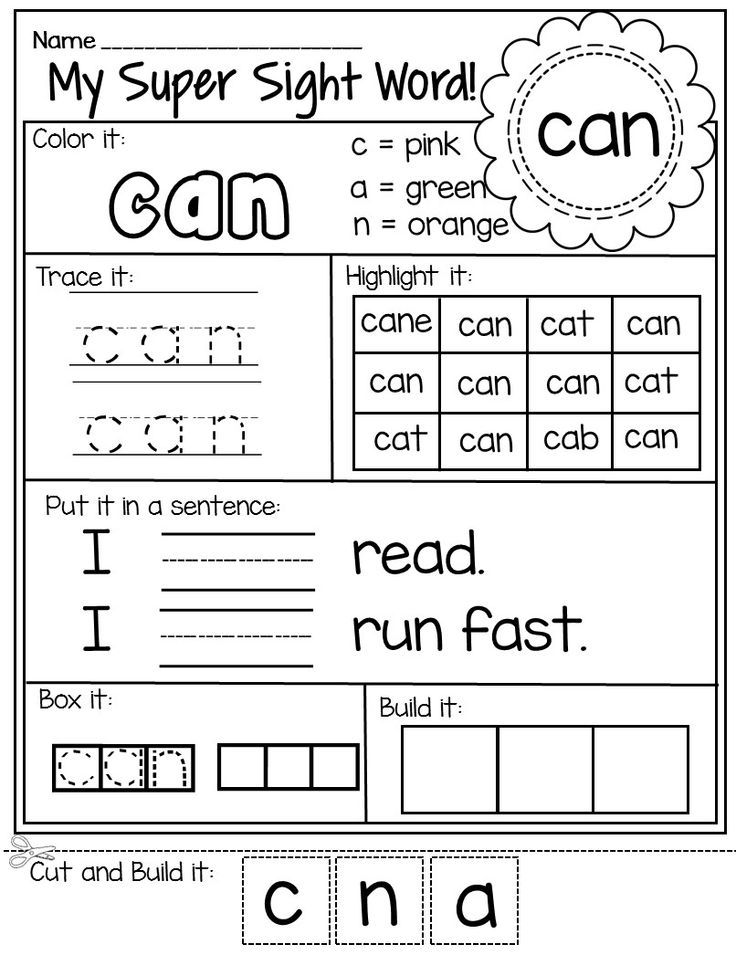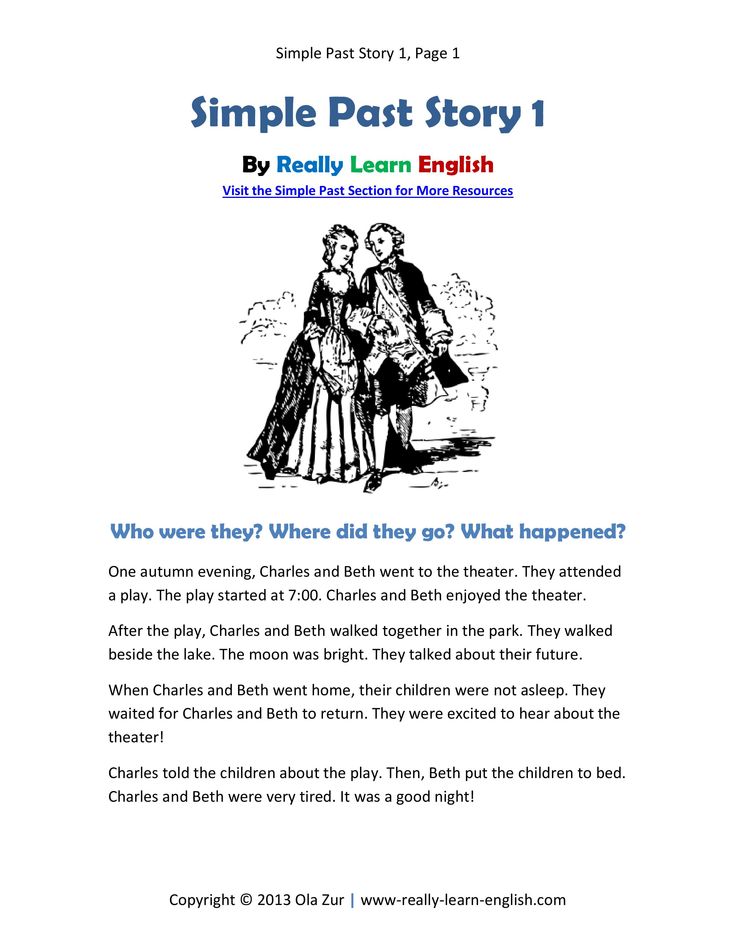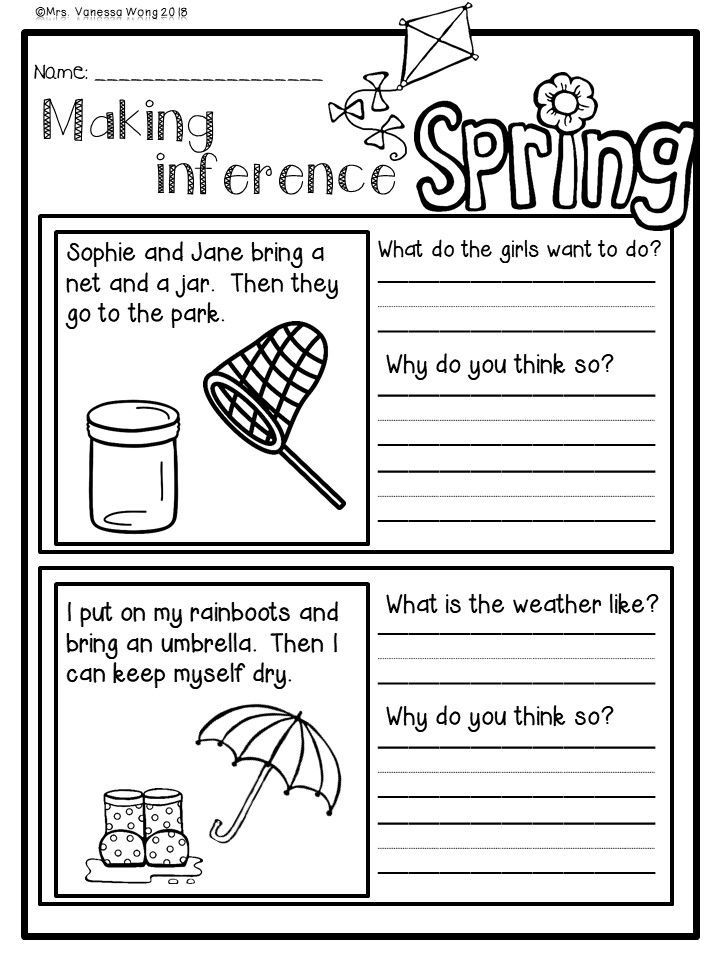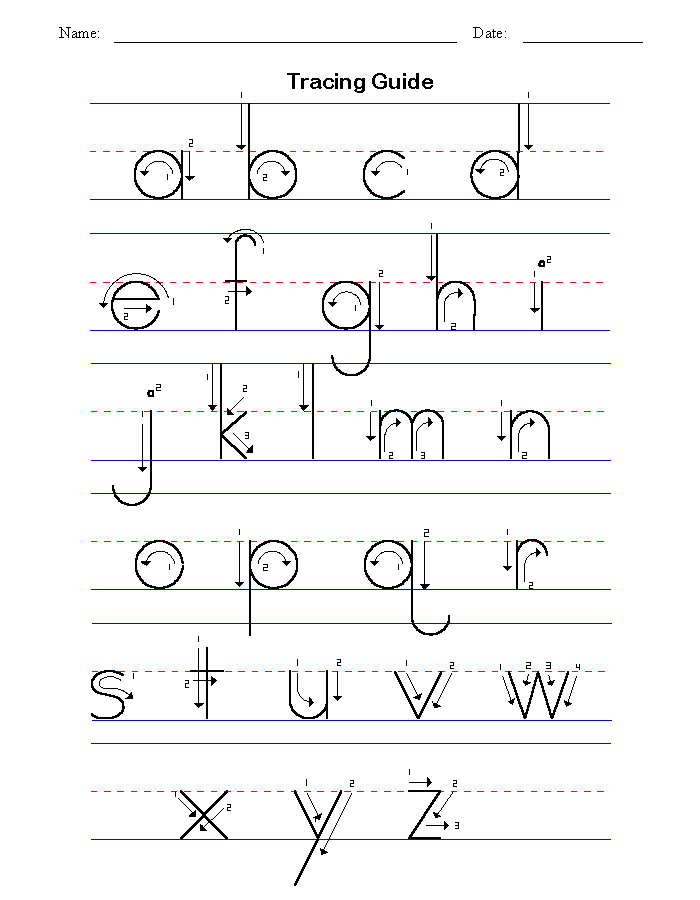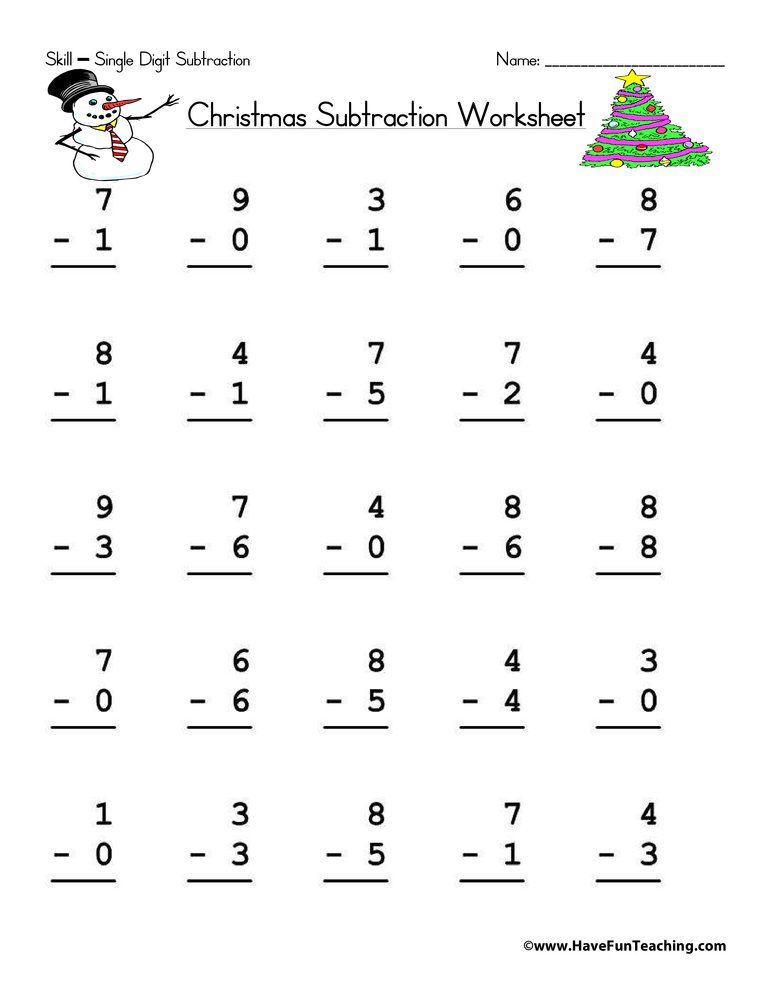Following directions drawing activity
10 Following Directions Drawing Activity Ideas for Preschoolers
- Share
Strong listening skills are very important during early childhood and can easily be developed through fun activities and games.
One fun idea to try with your kindergartners and preschoolers is a ‘following directions drawing activity’. This means children must listen to your instructions and draw what you are telling them to draw.
These can be random instructions (put a square in the top corner of the page, then colour it in blue), or instructions that build on each other to create an image (put a triangle on top of the square – to make a picture of a house).
Following oral directions to draw a picture is not an easy activity, but it’s a great way to build listening skills in early childhood.
It requires children to listen carefully, concentrate, filter out distractions, remember what the adult has said, process the directions in their minds, and then put those instructions into practice on paper.
This is also a good activity to practise at home with your child. All you need to get started are paper and pencils/crayons.
Here are some things to consider before beginning:
- Start out easy and increase in difficulty from basic to challenging.
- Consider your child’s level and also whether they have tried this type of activity in the past.
- Your directions are the right fit if kids can follow along as you are giving instructions and are able to put your commands into practice in their drawings.
- If they are struggling through each direction, the activity is too complicated and it won’t be beneficial to them.
For kids around 4 years, begin by asking them to draw just one or two things, individually. By 5 years, many children are able to draw basic pictures by following your step-by-step directions.
Try including different concepts, such as counting, prepositions (positional words), directions (right & left), colours, shapes and sizes.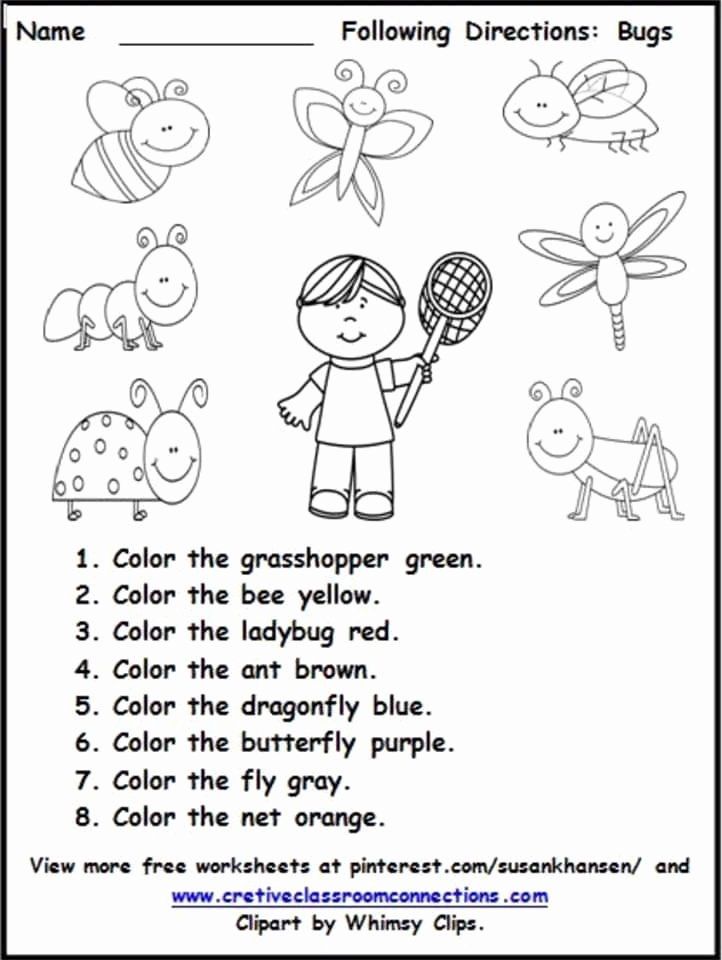
You can introduce your children to these concepts before the activity if you’d like.
Finally:
- Give one direction at a time and include plenty of wait time for kids to complete each step.
- When they are ready, you can start including two instructions or concepts in steps, such as, “draw a triangle under the circle.” Try these 2 step directions to give your kids practice following multi-step directions.
Here are some listen and draw activity instructions to refer to as examples. Use these as they are or change them to fit your child’s maturity and readiness.
1. Draw a Garden
- Draw some flowers on the ground.
- Add a tree on the ground.
- Draw a bird flying over the flowers and tree.
- Add raindrops in the air.
- Draw a worm on the ground.
2. Draw a Happy Monster
- Draw a big circle.
- Add a smile inside the circle.
- Draw 3 eyes inside the circle.
- Draw 2 noses inside the circle.
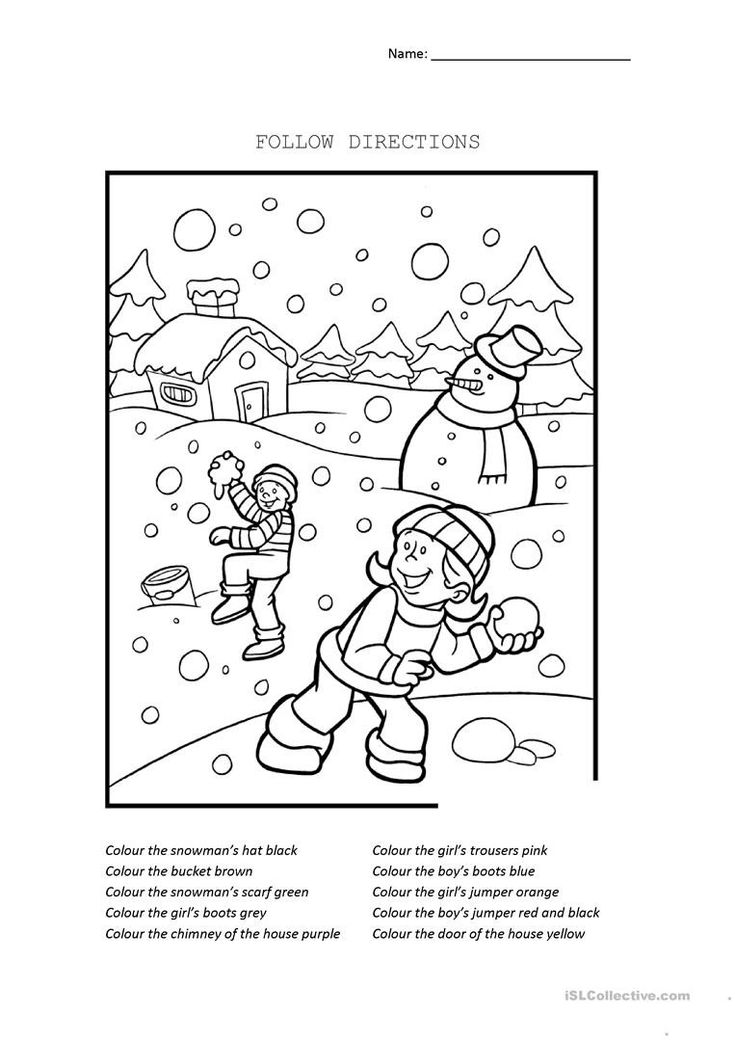
- Add 5 legs around the circle.
3. Draw a Snowman
- Draw a circle.
- Add a smaller circle on top of that.
- Draw an even smaller circle on top of that one.
- Add a rectangle on the very top for a hat.
- Draw a smiley face inside the top circle.
- Draw 2 eyes in the top circle.
- Add a triangle for a nose in the top circle.
- Add 2 arms to the middle circle.
- Draw 3 round buttons inside the middle circle.
4. Draw a Colourful Picture
- Draw something purple at the bottom of your paper.
- Add something green above the purple object.
- Draw something red on the left side of your page.
- Add something blue next to the red object.
- Draw something orange at the top of your paper.
5. Draw a Shape Robot
- Draw a square in the middle of your paper.
- Add a triangle on top of the square.
- Draw two circles at the bottom of the square.

- Add 2 small circles inside the square for the eyes.
- Draw 2 rectangles onto the square for arms.
6. Draw an Autumn Picture
- Draw 3 black trees with empty branches.
- Add orange leaves to one of the trees.
- Add red leaves to another tree.
- Add yellow leaves to the last tree.
- Draw orange, red and yellow leaves on the ground.
- Add a yellow sun in the sky.
7. Draw a Playground
- Draw green grass at the bottom of your page.
- Add a yellow sun at the top of the paper.
- Draw a black slide on top of the grass.
- Add a brown swing set next to the slide.
- Draw a blue stick person playing on the playground.
8. Draw a Silly Car
- Draw a rectangle lying on its side in the middle of your paper.
- Add 2 circles underneath the rectangle for wheels.
- Add 2 squares inside the rectangle for windows.
- Draw half a circle on top of the rectangle.
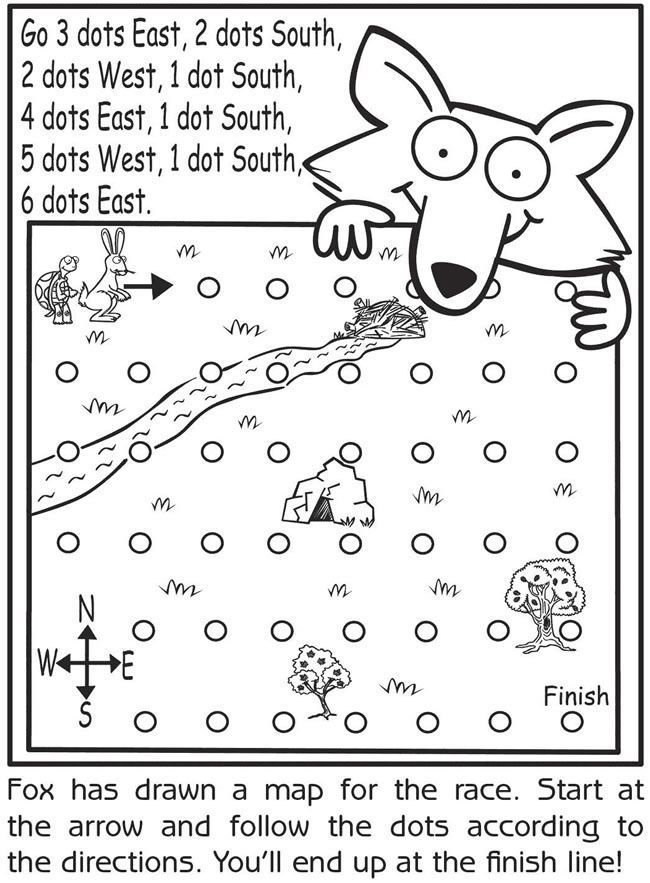
- Add a road underneath your car.
9. Draw a Message
- Draw an eyeball near the bottom left of your paper.
- Add a red heart to the right of (next to) the eyeball.
- Write the letter “U” to the right of the red heart.
- Draw a colourful rainbow near the top of your paper.
10. Draw an Underwater Picture
- Draw short green weeds at the bottom of the paper.
- Draw a red fish in the middle of your page.
- Add a purple fish next to the red fish.
- Draw a brown boat on the left side of your paper.
- Add a black octopus with 8 arms at the bottom of the page.
- Lightly colour over your whole picture with a blue crayon.
These ‘following directions’ drawing ideas are just a few samples. Change them any way you want to fit with your kids’ learning level and personal interests.
To keep developing listening skills, try some of these listening activities for kids or play one of these great listening games:
- Broken telephone
- Simon says
- Odd one out game
- Musical statues
Read more about the importance of listening skills in early childhood.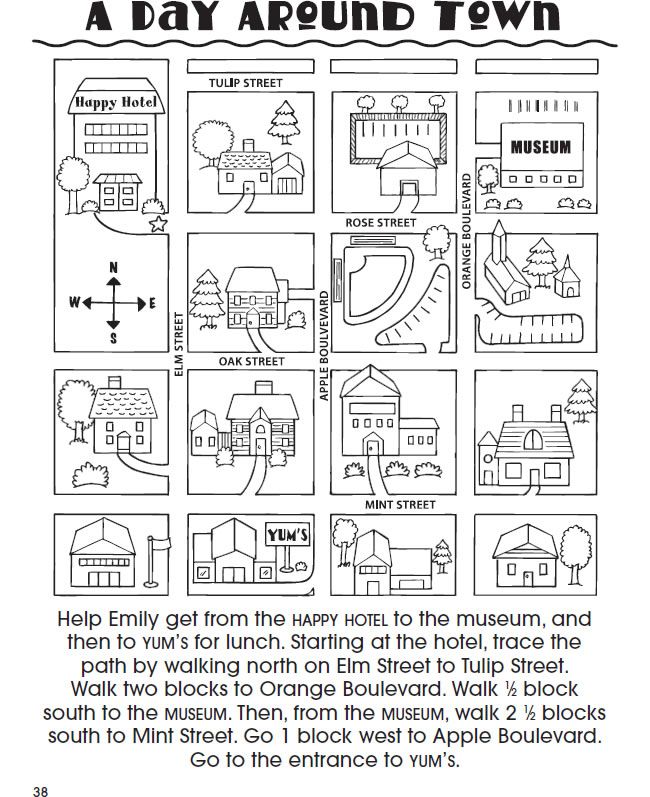
Get FREE access to Printable Puzzles, Stories, Activity Packs and more!
Join Empowered Parents + and you’ll receive a downloadable set of printable puzzles, games and short stories, as well as the Learning Through Play Activity Pack which includes an entire year of activities for 3 to 6-year-olds.
Access is free forever.
Signing up for a free Grow account is fast and easy and will allow you to bookmark articles to read later, on this website as well as many websites worldwide that use Grow.
- Share
Following Directions Activities for kids - Engage The Brain
Ask 100 schoolteachers what the number one skill their students need to work on is, and the likely answer: listening. A close second: following directions.
There are many theories as to why today’s students seem to have a harder time listening and following directions.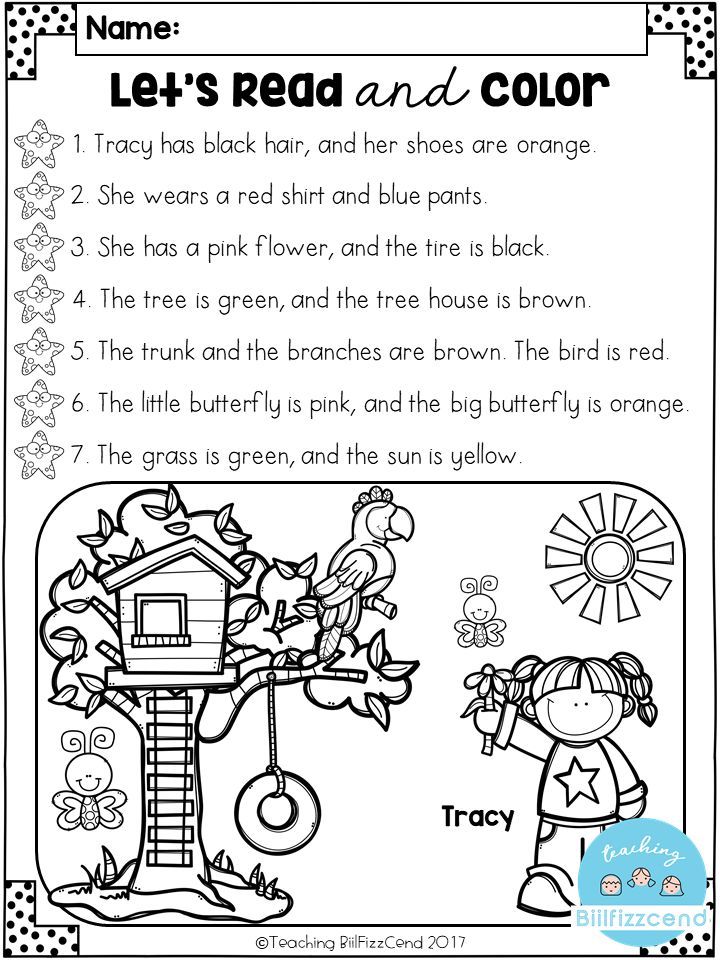 Some blame too much screen time and not enough interaction with other humans. Some cite the break down of the modern family, hectic schedules and the disappearance of the family dinner.
Some blame too much screen time and not enough interaction with other humans. Some cite the break down of the modern family, hectic schedules and the disappearance of the family dinner.
Whatever the cause of the seemingly cotton-filled ears of students populating modern classrooms, there is a solution. Listening skills can be taught and practiced.
Engage the Brain curated some listening activities that parents can do with their kids. (Attribution is below each activity.) The activities are divided into two age groups: Elementary and Middle, though many high school students could benefit from some of these activities, too.
A key to engaging a child your in these activities is to have fun. Set these activities up as games. Challenge your child to improve his listening skills. Like any new skill, listening takes consistent practice over a period of time. Set a goal of practicing listening skills several times a week.
Without further ado… Here are the listening activities:
Elementary Age Children1.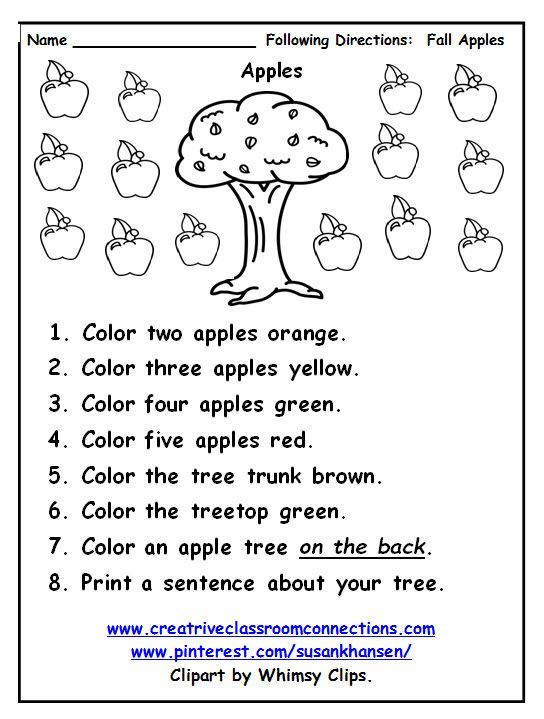 Sticker directions
Sticker directionsMaterials: index card, colorful circle stickers, a pen
Give your child the following instructions:
1 Take the green sticker and put it in the top left corner.
2 Take the orange sticker and put it in the bottom right corner.
3 Take the pink sticker and put it in the center of the card.
4 Get your pencil out and put a smiley face in the pink sticker. The smiley face should have two eyes and a mouth.
The Handy School Counselor Blog
2. What letter am I?Materials: paper, pen
Draw a 3 by 3 grid on a piece of paper. Place lower and upper case letters in the boxes. Create a set of set directions for you child to follow:
1. I am not a capital letter.
2. I am not the letter X or the letter V.
3. I am not a vowel.
4. I am in any row but the last row.
5. I come after the letter N in the alphabet.
| m | t | U |
| v | P | i |
| H | x | r |
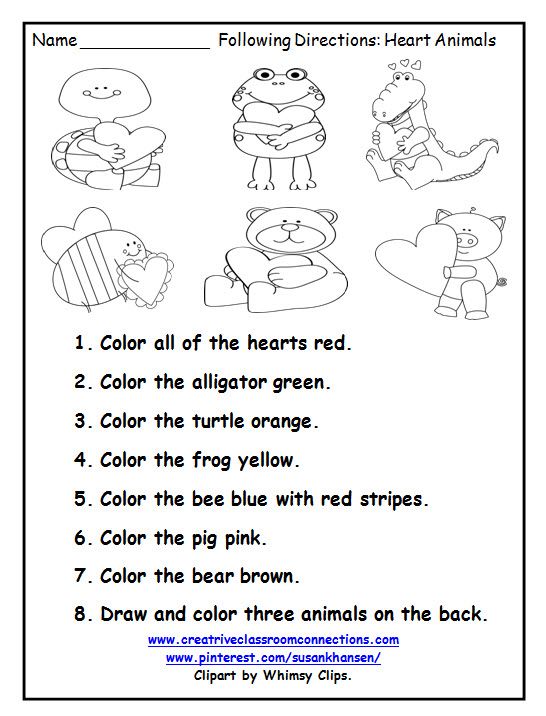 Listen and Color
Listen and ColorMaterials: paper divided into boxes with various shapes drawn in each box. You can make the activity more challenging by adding more rows and more shapes.
Follow the directions and color.
1. Color the first diamond yellow.
2. Color the square red and green.
3. Color the first shape purple.
4. Draw a big blue dot in the middle of the third shape.
Middle School Age children1.
Listen and drawMaterials: white drawing paper, pencil or pen
Give these directions orally to your child. Tell your child that you will only be reading each step of the directions twice, so they need to pay close attention.
Step 1: Turn your paper horizontally. That means “landscape” or long ways.
Step 2: Draw a two-inch five-point star in the left hand corner. The top point and the left point should touch the edge of the paper.
Step 3: Now, move your pencil to the middle of the paper.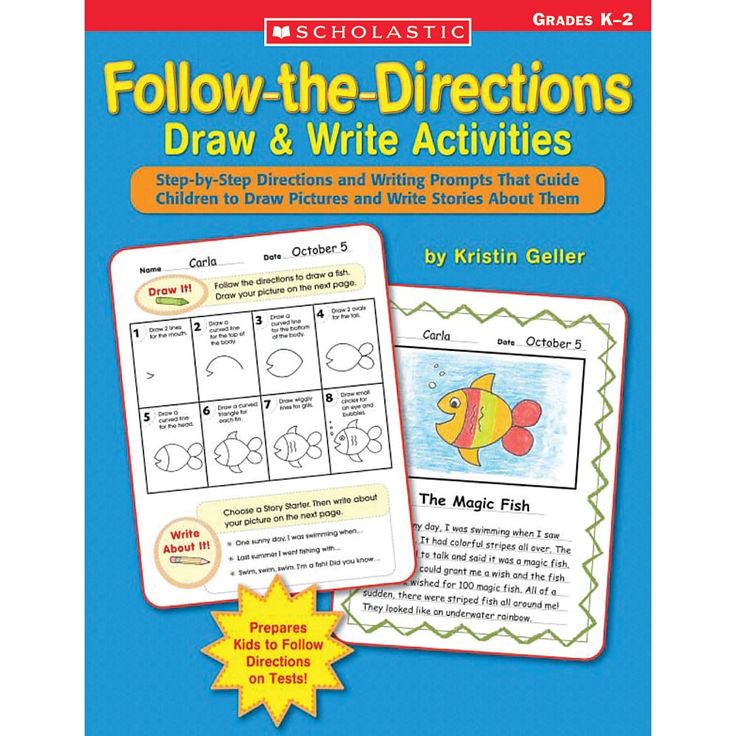 Draw a one-inch square. Shade or color in the square.
Draw a one-inch square. Shade or color in the square.
Step 4 : On the bottom right hand corner of the paper, draw a two inch circle. Leave about a one-inch margin, which means to come over one inch on the edge of each side of the paper. Inside the circle, draw a happy face.
Step 5: For the last object, you are going to draw a two-inch equal lateral triangle. It goes in the top right hand corner. Leave a one-inch margin on both edges of the paper.
How does the picture look?
Bright Hub Education
2.
OrigamiMaterials: Origami paper, directions
Origami is a challenging activity when you can see the directions. Challenge your child to make a pelican from only your oral directions.
Origami Pelican
| 1. Start with your paper white side up. Fold in half, along the line shown, then open out again. | 2. Fold the outside corners into the center line and crease well.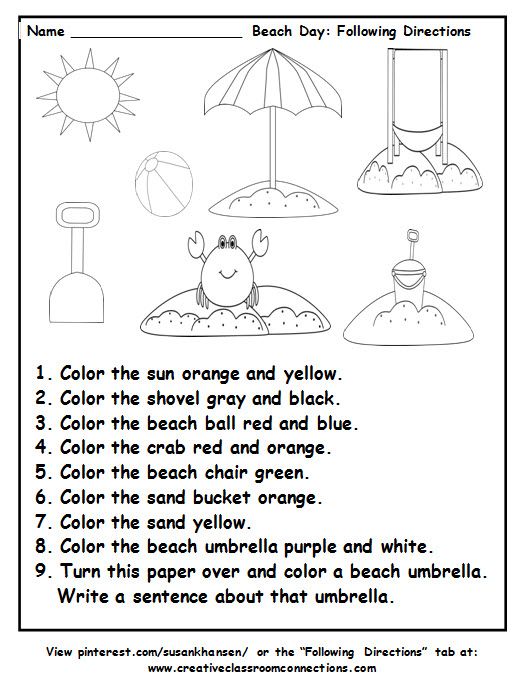 |
| 3. Fold the outside edges into the center once again.
| 4. Turn model over and fold bottom point up to the top point. Crease very well.
| 5. Fold in half.
| ||
| 6. Rotate model so it is now lying down. | 7. Raise the inside triangle upwards slowly, then flatten and crease well. | 8. Inside Reverse Fold the head along the crease shown. |
| 9. Fold each wing upward as shown, then fold it back again slightly. The pelican will now rest on its wings and sit up. |
3. Mystery Pictures
Materials: white drawing paper, pen or pen
Draw a picture using common shapes on a piece of paper; don’t let your child see your drawing. (Example below) Give your child a piece of paper and give her directions so she can try to replicate your picture on her paper.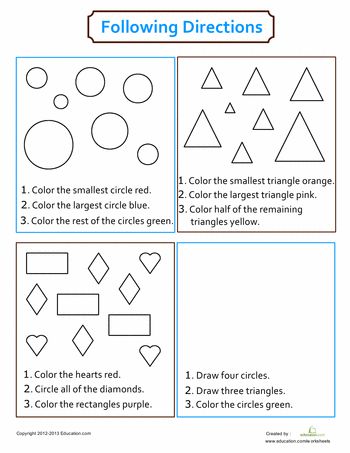 After you are done, compare the pictures.
After you are done, compare the pictures.
Now switch! Let her draw a picture and give you the directions to try and recreate the picture on her paper.
How to draw funny cartoons
Wrapping it up
No doubt you have experienced a bout of selective listening with your child. It tends to kick in when a child is asked to start his homework, clean her room, or complete some other unnecessary task that distracts from fun and entertainment. (Editor’s note: Dad’s can suffer from this affliction too.)
The listening activities listed above are suggestions and starting points. With a little creativity these activities can be used many times with just slight tweaks. And the challenge level can be adjusted easily up or down too. With consistent practice in a fun atmosphere, a child can improve his listening skills. It will benefit him in school, life and career.
David Karch (Learning Specialist with Engage the Brain)
Drawing for children
Drawing for children
with an individual approach
DRAWING FOR CHILDREN IN OUR BRANCHES
Galina Mikhailovna Podlipnaya
Art Studio
Viktoria Mayorova
Art Studio
Maria G.
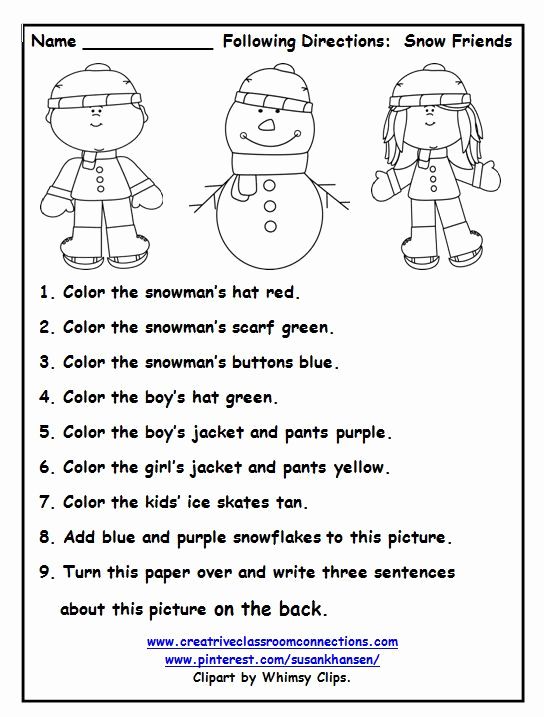 Shakhaldyan Art Studio
Shakhaldyan Art Studio Almost all children really like to draw, for them it is not just entertainment, but way of knowing the world around and one's own personality. Drawing renders on the psyche of the child has a therapeutic effect, helps to cope with stress and fears. nine0006
Drawing classes develop children's sense of proportion, harmony and beauty, spatial and abstract thinking, other important skills that will be useful to them in other fields of activity, in studies. In addition to developing creative abilities, all kinds fine arts improve the fine motor skills of children's hands, make them more strong and dexterous.
DRAWING FOR CHILDREN 2 - 4 years old
Teaching drawing to young children in the creative studio of a children's developing Center "House of the White Rabbit" is a real holiday for kids. Here they draw, sculpt, design from paper and make crafts from natural materials. At this time the kids train spatial thinking, eye, hand-eye coordination, the process of mastering new artistic techniques - fine motor skills of the hands, which directly related to language development.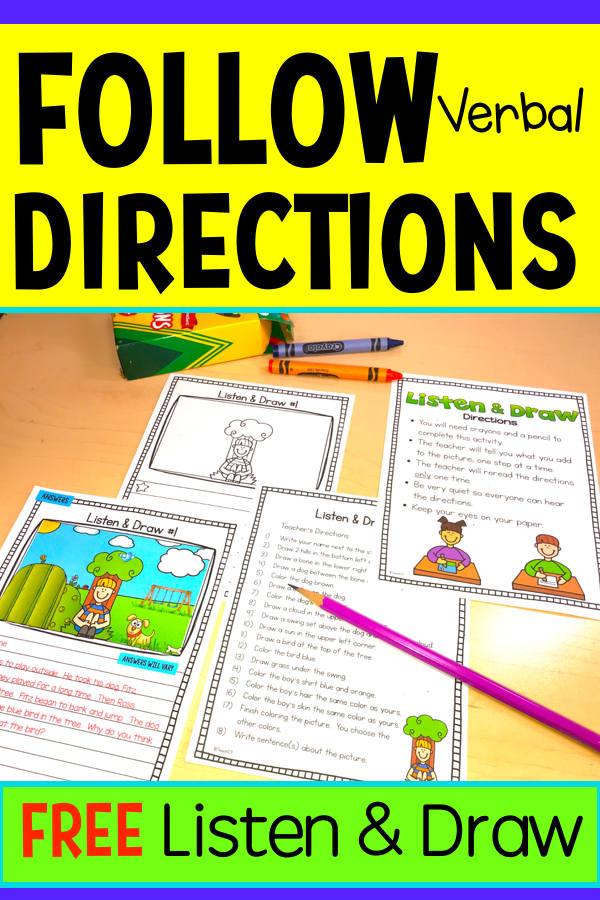 Creativity lessons instill in children a feeling taste, harmony, craving for beauty, develop fantasy, memory, thinking, Attention. Drawing is magic! nine0006
Creativity lessons instill in children a feeling taste, harmony, craving for beauty, develop fantasy, memory, thinking, Attention. Drawing is magic! nine0006
DRAWING FOR CHILDREN 4 - 6 years old
In the classroom, children get acquainted with the basics of graphics, painting, sculpture, composition in figure.While teaching children to draw, they use a variety of artistic means and materials: watercolor, gouache, wax and pastel crayons, pencils.
Also, when drawing with children, other materials are used, such as paper, plasticine, grain and various natural materials. nine0006
DRAWING FOR CHILDREN 7 - 12 years old
Drawing for children of the older age group also perfectly develops small motor skills of the hands, children develop memory, thinking, attention, fantasy, imagination, relieve stress. Almost all activities that we perform are directly related to our self-expression and interaction with others, and creativity is the same way of communication as oral or written speech.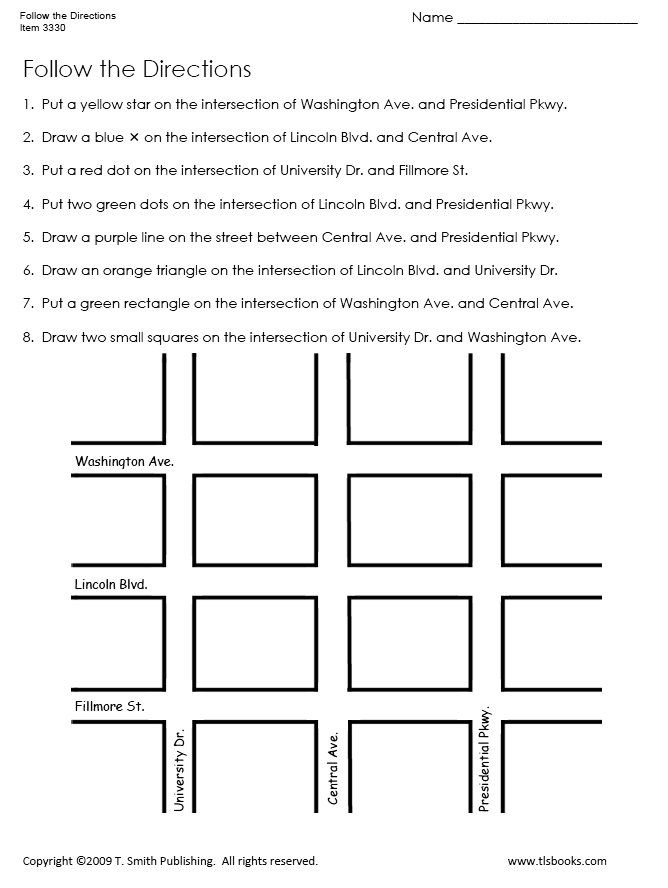
Children receive a harmonious development of the right and left hemispheres of the brain, which in the future helps them to better learn not only the humanities, but also the exact sciences. In the classroom for drawing in our center, children will learn both traditional and mixed techniques drawing, get an idea of perspective and proportions, learn a lot of new and interesting about painting, graphics and sculpture on the examples of masterpieces of world art. nine0004 Specialists deal with each child individually - revealing joy to everyone creativity, helping to become a daring creator of the new, to be talented, to be a personality!
DRAWING WITH CHILDREN OUR METHOD
In the children's development center "House of the White Rabbit" there are exciting classes in drawing for children of younger and older age groups in the following areas:
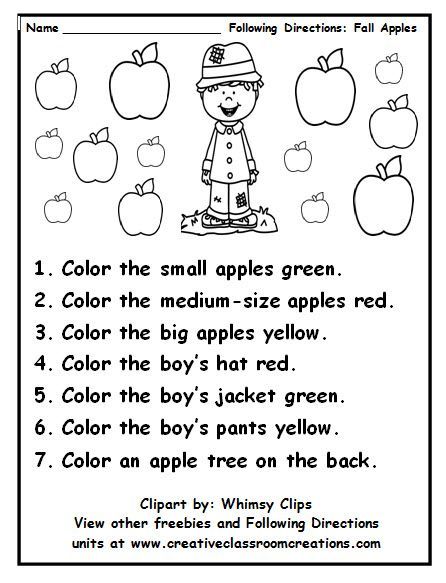
Creative and fun drawing lessons for 3-4 year olds include the study of both theoretical foundations: teaching the concepts of composition, proportion, perspectives, shapes, colors, and practical exercises. Graduated specialists ART studios take into account the interests of absolutely every child, adapting their courses to individually, in accordance with the abilities and wishes of the children. nine0006
All children are artists - they love to play, fantasize, create. Drawing lessons for children 2-3 years old will help develop fantasy, imagination, fine motor skills of hands, see beauty around and bring a piece of yourself into the world around you. artistic activities in the classroom for children of the younger age group are very diverse - this and work with various improvised materials - for example, cereals, and decoupage, and work with paper and paints, modeling and much more. We will sail on a plasticine ship into the ocean watercolors to gouache island, meet amazing animals from different materials, we will see unprecedented palm trees made of paper, we will go in search of treasures of creativity! nine0006
Our specialists have no fundamental differences in working with children of different ages, the work is going in one direction, in the classroom the guys try different materials and methods Images; in the younger group, tasks are simplified, classes combine performance of work and dance minutes.
DRAWING FOR CHILDREN
months: every month a new theme. nine0004 At the same time, each lesson is unique. Your child will teach you how to work with different materials: watercolor, wax pencils, glitter gel, glitter, wet technique, non-traditional methods of creating a pattern: blowing images from tubes, drawing with napkins, using stencils, drawing spray method, salt or dry brush method, mixed media. Part of the lessons takes place in the format of master classes - the guys draw together with a specialist. nine0013
Drawing for children aged 2-3 and 3-4 takes place in the following format: children are given a theme classes, a sample of work is shown on the board, the specialist explains how and in what the technique should do the work, while the child can independently change colors, without changing the theme and style. The uniqueness of the methodology is that in the process of the lesson, children learn to independently select the colors you need for work, this allows you to reveal the creative potential of every child.
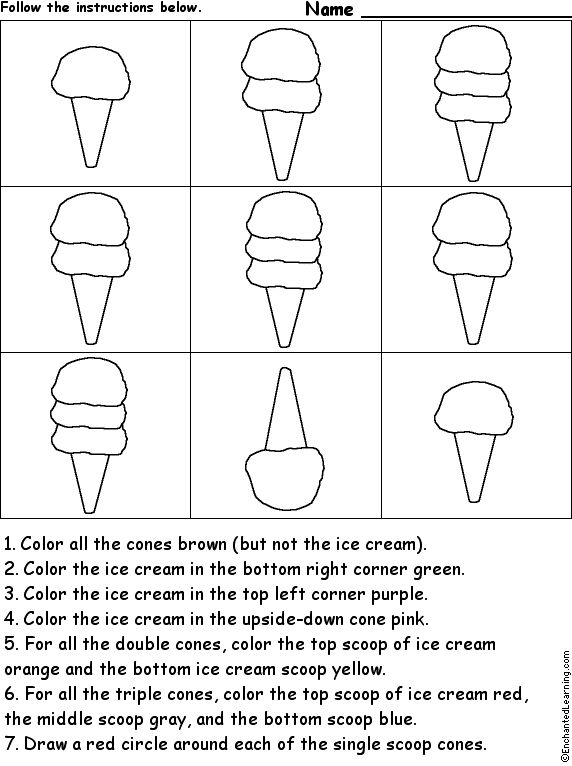 At the first lesson, children 3-5 years old with a pencil perform a special task - special attention is paid to the correct setting of the hand. nine0013
At the first lesson, children 3-5 years old with a pencil perform a special task - special attention is paid to the correct setting of the hand. nine0013
TRY YOURSELF
Sign up for a trial lesson
We will contact you in the near future
studying the drawing with a simple graphite pencil - BLOG - Ghenadie Sontu Fine Art
Gennady Schonza Drawing in the city art. We pay great attention to the development of certain visual skills in children and adults. The developed system and methodology for rapid training in drawing and painting will create a professional foundation of knowledge for the future professional artist. nine0006 One of the main areas that our art studio is engaged in preparing students for drawing and academic painting is the formation of academic fundamental knowledge in the field of drawing, composition and painting. The art studio for active learning of academic drawing and painting offers the following areas of study for adults and children: - study of drawing with a simple graphite pencil ; - graphic drawing lessons with helium pens, permanent markers and ink ; - drawing lessons for children with pencils and colored pencils ; - drawing lessons for adults with graphite pencils, charcoal, markers ; - watercolor lessons for beginners with preparation ; - drawing lessons for children in gouache ; - acrylic painting for adults and children ; - oil painting lessons in the city of Haifa ; - teaching adults and children to draw from scratch and basic training ; - landscape workshops ; - study of painting, still life productions ; - active system of preparation for entrance examinations to art universities ; - lessons of working with pastel pencils and crayons; - portrait lessons . Today, there are many companies, courses, schools for the study of drawing, painting and composition in the art market for teaching drawing. nine0006 One of the main questions that arise when choosing an art school for your child or adult in Haifa is: what are the criteria for making the right choice? The main criterion should be the special education of the teacher. This should be a specialist with an academic fundamental education. Now we will try to understand what quality art training means and what can be the right choice in assessing drawing courses. One of the important points should be an artist with extensive practical experience in practical work in the field of drawing. nine0006 If a teacher does not have practical realization in his creative life, he cannot realistically assess and create that system of values and methods in drawing through which he can teach other people. One of the most important factors is the professional equipment of the studio for the quality construction of the process of teaching drawing and painting. Our academic classical drawing courses have all the ingredients for a successful teaching of drawing: a gypsum classical methodical foundation for drawing heads, figures, busts and still lifes - all of this is in our art workshop of academic drawing and painting in Haifa. All of the above is necessary to obtain basic fundamental classical knowledge. nine0006 Our studio of active learning in academic drawing and painting is a real creative workshop for everyone who wants to get basic and high-quality professional skills in the field of drawing. Mastering drawing in Haifa must be built on a certain system of fundamental and structural disciplines in drawing, painting and composition. Only a clear program for the implementation of training in drawing will give you the opportunity to successfully master the quality of drawing and painting in the city of Haifa. nine0006 One of the most important learning factors is the individual form of approach to the student. You should feel how a drawing teacher builds a system for teaching drawing and painting for you personally.


Learn more

